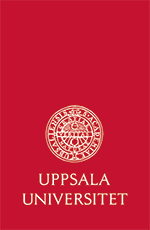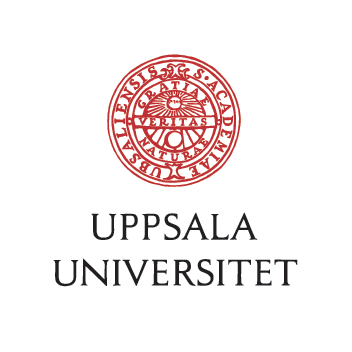Turkic languages
Turkic languages are spoken over vast parts of Eurasia, stretching from Western Europe to Northeast Siberia. The Turkic language family comprises twenty standardized languages and dozens of additional varieties with or without official status, including endangered ones. Our research on Turkic languages focuses on philological and linguistic investigations of historical and modern Turkic languages with the broadest possible coverage.
Comparative methods are primarily used to study Turkic languages from diachronic and synchronic perspectives. Descriptive and typological studies aim to describe and analyse the typical Turkic grammatical structures such as auxiliary constructions, copular clauses or clause-linking strategies, as well as their development and grammaticalization processes. The main areas of linguistic investigation are phonology, morphosyntax, discourse analysis, semantics and pragmatics. Historical linguistic studies focus on reconstructing proto-stages of Turkic and etymological issues.
Our research profile includes genealogical studies, that is, the relation of the Turkic languages to other language families, particularly Mongolic and Tungusic, and studies of language contact phenomena between Turkic and non-Turkic languages, as well as within the Turkic language family. A further area of our research concerns questions of language acquisition and bilingualism.
Text edition and philological and linguistic investigations of Old and Middle Turkic sources are also vital parts of our research. Another area of focus is the history of medicine among the Turkic speaking peoples.
RESEARCH PROJECTS
(Re)constructing a Bible. A new approach to unedited Biblical manuscripts as sources for the early history of the Karaim language
Eastern European Karaims are the sole representatives of Karaite Judaism in Europe. Their native tongue is a severely endangered Turkic vernacular listed on the UNESCO Atlas of the World’s Languages in Danger. Due to many historical events, including World War II and the Soviet era, the cultural heritage of this intriguing ethnic minority suffered great losses.
The project will construct a digital edition of the entire Karaim Bible, based almost exclusively on unedited texts in Hebrew script (15th–20th cc). It will contain the first ever comprehensive Karaim translation of the Hebrew Bible intelligible to present-day native speakers. As a complex scientific instrument, it will deliver the first linguistic and palaeographic descriptions of the oldest, still unedited records of Karaim as well as reconstruct the way in which the Karaim Bible was created.
Combining traditional and computer-aided research methods will provide essential data on the early history of the Karaim language and ethnicity.
Michał Németh at Jagellonian University is the principal investigator of the project. László Károly as partner at Uppsala University will be responsible for creating an on-line platform including a dynamic digital edition of Karaim Bible translations interconnected with a lexicographic database.
In the long run, the platform at UU will be capable of providing digital editions, a corpus based lexicographic database, and other related software components to support the scholarly study of other Middle Turkic literary languages as well.
UPPLADOC - Uppsala Language Documentation Group
Various sections and units at Uppsala University have been working on language documentation for decades, producing outstanding research results in their respective fields. They worked, however, most often in isolation, or formed alliances only on an ad hoc basis. The Uppsala Language Documentation Group (UPPLADOC) will therefore endeavour to bring these scholars and research teams together in order to establish a world-renowned centre of language documentation at Uppsala University.
By means of joint effort, the Uppsala Language Documentation Group aims at developing novel methodologies for the study and documentation of languages. Utilizing the advances of modern computational technologies in fieldwork is also in the focus of the research team. Moreover, an emphasis will be placed on the triangulation of language documentation and language description within a multidisciplinary framework including language typology, sociolinguistics, genetic studies and archaeology.
A Database of Turkic Runiform Inscriptions
Establishing a Database of Turkic Runiform Inscriptions is one of the major tasks of a recently initiated interdisciplinary research network at Uppsala University. The research network includes philologists, linguists and archaeologists, and aims to document, describe and analyse the runestone inscriptions of Eurasia.
The Ottoman Heritage at Uppsala University
The University Library in Uppsala owns a comprehensive collection of valuable manuscripts, paintings, maps and early printed works from the time of the Ottoman empire. A selection from this cultural heritage has been digitized and published in Archive and Libraries Virtual Image Network (ALVIN). The collection is described in a newly published book Turcologica Upsaliensia. An Illustrated Collection of Essays. Edited by Éva Á. Csató, Gunilla Gren-Eklund, Lars Johanson, Birsel Karakoç, Brill 2021.


